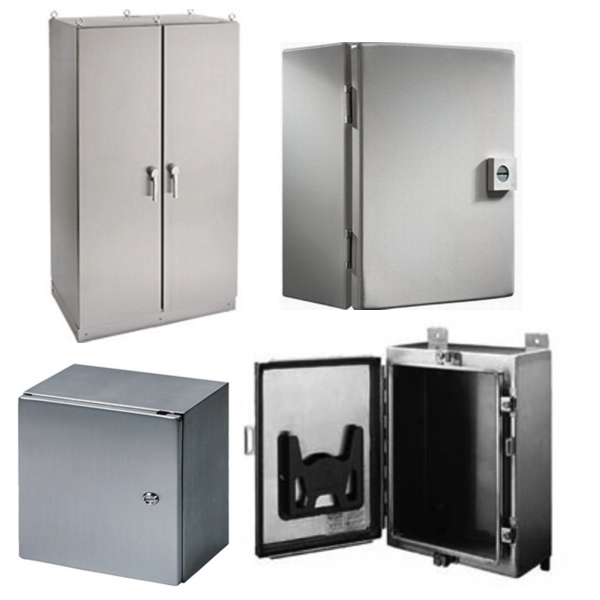Stainless Steel Enclosures

Stainless steel enclosures offer better protection and durability than other types of enclosures. That makes them better suited for use in harsh environments where enclosures need to resist corrosion and extreme weather. Industries like food processing, marine, and chemical manufacturing use them a lot. Some of the most preferred and most effective mounting enclosures for these industries are the sleek stainless steel enclosures, which do not just resist everything mentioned above but also comply with many safety standards that allow their use in a variety of settings, both indoors and outdoors.
The properties of stainless steel enclosures that resist corrosion make them suitable for locations that demand extreme cleanliness or that are either saltwater- or industrial pollute-laden. Their construction often features such favorable elements as reinforced doors, secure clamps, and IP-rated seals to protect along every feasible path of ingress. There's no question, however, that the main attribute of these enclosures is their availability. You can find stainless steel enclosures in a large range of sizes, with a robustness that sometimes rivals bank vaults.
More Information about Stainless Steel Enclosures
These enclosures are versatile and easy to use, with options for either wall-mounted or freestanding configurations. Many of the models come pre-assembled or ready for custom installation, featuring removable panels and adjustable mounting options for all electrical and electronic components. Not only do stainless steel enclosures ensure robust protection; they also add a polished aesthetic. Their enhanced functionality and appearance have the power to elevate the equipment they house to new levels.
FAQs
Can a stainless steel enclosure be designed with a pre-installed handle?
Yes, stainless steel enclosures can be designed with a pre-installed handle for ease of access and enhanced functionality.
Stainless Steel Enclosures: Type 304 vs 316
304 Stainless Steel
304 Stainless Steel contains 18% chromium and 8% nickel. It is the most widely used stainless steel within industrial applications. 304 stainless steel resists corrosion and oxidizing agents, which can cause rusting. However, it can tarnish. 304 stainless steel is very strong and can be bent without decreasing the strength, but it can be difficult to manipulate. Because of its corrosive resistance, 304 stainless steel enclosures are commonly used in dairy plants, mills, bakeries, and many other food processing industries.
316 Stainless Steel
316 Stainless Steel is a much higher grade of stainless steel containing 16% chromium, 10% nickel and 2% molybdenum, which significantly increases its resistance to pitting and cracking. It has increased corrosive resistance to chloride pollutants, such as salt. 316 stainless steel enclosures are ideal for areas there may have a high salt content, such as coastal areas and areas that use de-icing salts. This type of stainless steel is much more resistant to chemical environments that include sulphuric acid, phosphoric acid or many other chemicals. These types of stainless steel enclosures can be found in areas with high levels of corrosive agents, such as water, wastewater, chemical plants and fertilizer plants. Both 304 and 316 stainless steel enclosures have a NEMA rating of NEMA 4X because they are corrosion resistant, however it is important to remember to never use any chemicals that contain chlorine.

